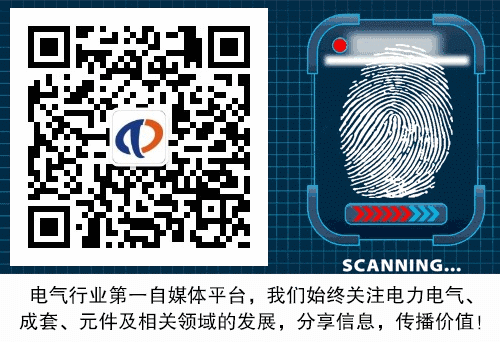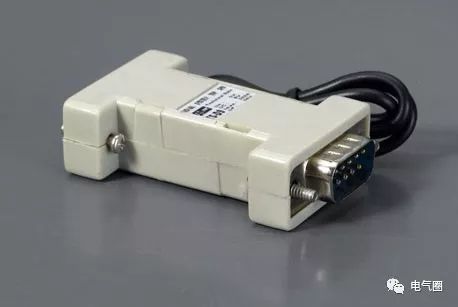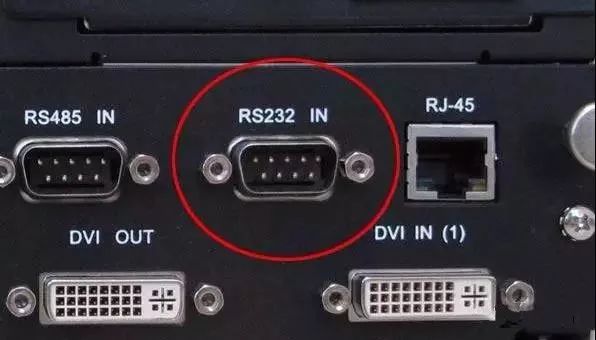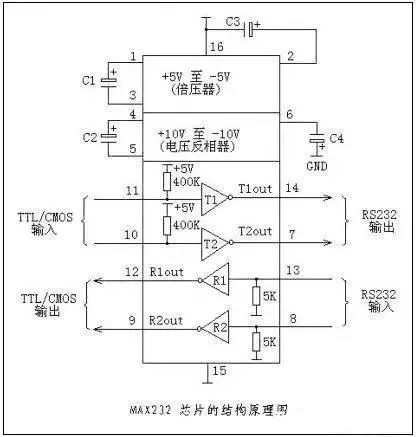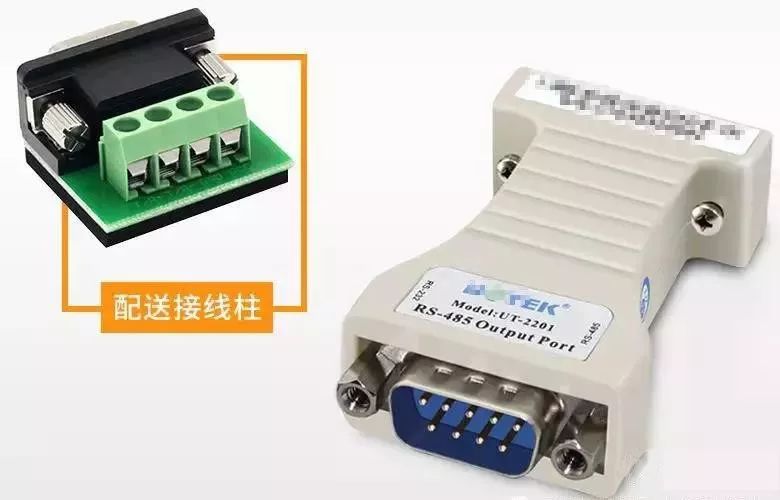RS232 and RS485 are common interfaces in low voltage applications. Many friends have mentioned the differences between them, so today let’s learn about them together.
1. Physical Structure of the Interfaces
One of the computer communication interfaces, RS-232 interfaces typically appear in the form of 9 pins (DB-9) or 25 pins (DB-25). Generally, personal computers have two sets of RS-232 interfaces, referred to as COM1 and COM2.
The connector uses a DB-25 type 25-pin socket. Some devices connected to a PC via RS-232 interface do not use the transmission control signals from each other, only requiring three lines: “transmit data”, “receive data”, and “signal ground”. Therefore, a DB-9 9-pin socket is used, and the transmission line is a shielded twisted pair.
RS485 does not have a specific physical shape and is adopted based on the actual engineering situation.
2. Electronic Characteristics of the Interfaces
1. RS232: Transmits Level Signals
The signal level values of the interface are high (signal “1” is “-3V to -15V”, signal “0” is “3 to 15V”), which can easily damage the interface circuit’s chip, and since it is not compatible with TTL levels (0~”<0.8v”, 1~”>2.0V”), level conversion circuits are required to connect with TTL circuits. Additionally, it has poor anti-interference capability.
2. RS485: Transmits Differential Signals
Logic “1” is represented by the voltage difference between two lines as + (2—6) V; logic “0” is represented by the voltage difference as – (2—6) V. The interface signal level is lower than that of RS-232, making it less likely to damage the interface circuit’s chip, and this level is compatible with TTL levels, facilitating easy connection with TTL circuits.
3. Communication Distance
RS232 has a limited transmission distance, with a maximum standard transmission distance of 15 meters, and can only communicate point-to-point, with a maximum transmission rate of 20kB/s.
RS485 can achieve a maximum wireless transmission distance of 1200 meters. The maximum transmission rate is 10Mbps, and to reach the maximum communication distance, it must operate at a transmission rate of 100Kb/S. By using impedance-matched, low-loss dedicated cables, distances of up to 1800 meters can be achieved! Beyond 1200 meters, repeaters can be added (up to 8), allowing transmission distances close to 10Km.
4. Support for Multi-Point Communication
RS232: The RS232 interface on the bus only allows for the connection of 1 transceiver, and cannot support multi-station transceiver capability, so it can only communicate point-to-point and does not support multi-point communication.
RS485: The RS485 interface on the bus allows for the connection of up to 128 transceivers. This means it has multi-station communication capability, allowing users to easily establish a device network using a single RS485 interface.
5. Differences in Communication Lines
Can use three-core twisted pairs, three-core shielded lines, etc.
Can use two-core twisted pairs, two-core shielded lines, etc. In low-speed, short-distance, and non-interfering situations, ordinary twisted pairs can be used; conversely, in high-speed, long-distance transmission, dedicated RS485 cables (STP-120Ω (for RS485 & CAN) one pair 18AWG) with impedance matching (generally 120Ω) must be used. In environments with severe interference, armored twisted shielded cables (ASTP-120Ω (for RS485 & CAN) one pair 18AWG) should be used.
Since the transmission distance of RS232 is only 15 meters, what is its use?
In fact, its applications are very extensive, as it can connect various devices, such as monitoring, upgrading, or debugging other devices, and it may be needed. Its functionality is quite similar to USB, and with the increasing prevalence of USB ports, more devices that convert USB to RS-232 or other interfaces will appear.
Through the USB interface, more RS-232 devices can be connected, not only achieving higher transmission speeds and true plug-and-play but also solving the problem of USB interfaces not being able to transmit over long distances (USB communication distance is within 5 meters).
(Source: Internet, copyright belongs to the original author)
We Guess You Like
◆ Understand the Subtle Differences Between RS-232, RS-422, and RS-485 in One Article!
◆ Analysis and Solutions for the Reasons Why the RS485 Communication Port of Siemens S7-200 PLC is Easily Damaged
Share · Win-Win
The electrical circle, a community with attitude
